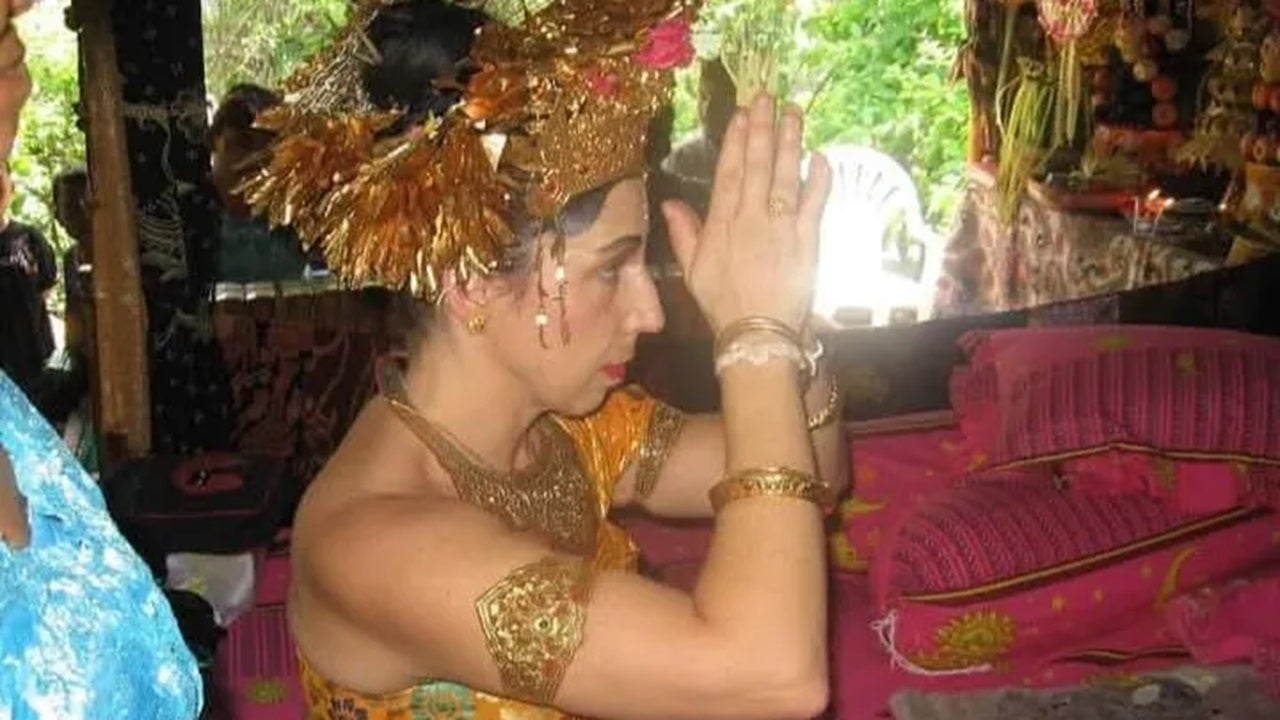Like many African American professors, I teach at a predominantly white institution (Wheaton College) and live in the largely white small city where it’s located, outside Chicago. I have not experienced serious acts of discrimination, but that doesn’t make life simple.
When people think about the difficulty of being Black in largely white spaces in America, they tend to picture overt racism. But many of us who are in the minority at universities encounter a different kind of problem related to our race that may go unnoticed by those in the majority culture. At Wheaton, I am faced with the daily reality of my strangeness, like being a peacock in a flock of wild turkeys. The peacock is interesting and adds some color, but the fact that it is not native to the area is clear to all.
While diversity, equity and inclusion efforts have their flaws in content and implementation, one of their unsung values is that they can help reduce this kind of strain on Black faculty members and students on majority-white campuses; more diversity can help ease our sense of not belonging.
Despite the ongoing hysteria around diversity and hiring in higher education, Black faculty members are shockingly uncommon — only 6 percent of professors in this country in 2021. We face obstacles inside and outside the classroom. Black faculty members at largely white schools can be subjects of scrutiny based on assumptions that our race rather than our talent won us our positions. At academic conferences, I have been told directly that I got my job because I was Black.
On campus, I walk into the classroom knowing that for many of my white students, I may be the first Black authority figure they have encountered. Their church leaders, high school teachers and mayors are likely to have been white. Because of this, I rarely have the luxury of being myself. Black faculty members in my position become Black people consolidated, correcting misconceptions and putting away stereotypes one class at a time. When traumatic racial events flash across the national landscape, students of color look to us hoping that we might address a gnawing pain that is ignored in their other classes. All of this is part of the well-known and still underappreciated invisible labor that faculty members of color provide.
Beyond work, tasks that seem simple for the majority culture become quests that involve connecting to an underground network of other Black veterans of the community. Want a haircut for your son or braids for your daughter? It may be necessary to leave town to find the right barbershop or salon. In need of a place of worship that is not monocultural and cut off from the concerns of the community that shaped you? You may have to journey to the closest major city to locate such a congregation. If nothing for you is near you, it is easy to conclude that your town was and is designed for someone else.
I have always valued having ethnic diversity among my friends. That can be hard to find when I am the diversity. My kids, for example, are guaranteed to pop up on nearly every candid shot on social media from school, sports or neighborhood events. My wife and I want to recruit people to those spaces so that our kids can have a multiethnic friend group, but we are wary of the risks of becoming mascots.
I remember taking my youngest daughter to her soccer game at a vast town park filled with a multitude of tiny bodies with dreams of World Cup glory. During a break in the action, I looked across the eight or so matches taking place. Parents filled the sidelines, but as far as I could tell, I was the only Black person in attendance. I suddenly felt unspeakably lonely as I remembered similar experiences at all my kids’ school events and trips around the city.
When I felt out of place as a Black undergrad on the largely white campus of Sewanee, the University of the South, I could go to Houston Roberson’s office. He was the first African American person to earn tenure at the school.
Dr. Roberson’s specialty was race, religion and the Black church, with an emphasis on the civil rights movement. I had always been enthralled by the Black church’s role in the civil rights movement — which made his presence on campus feel like a minor miracle. He made Black excellence in white spaces real, showing me that I could gain an education and not lose something vital about who I was in the process.
If I had told him of my plan to become a professor, would he have warned me that I was entering a building not designed for me and that I would be considered ungrateful for pointing out the flaws in the architecture?
The efforts of D.E.I. programs on campus can help with these necessary renovations. Being intentional about increasing the numbers of minorities on campus does not get in the way of academic excellence. It can help rid students and faculty members of obstacles that get in the way of our flourishing.
A 2021 study showed that “having a professor of the same race or ethnicity predicted higher G.P.A.s for students, which in turn predicted higher graduation rates.” This does not surprise me. It wasn’t simply that I did well in Dr. Roberson’s courses. The content of his class showed me that my intellect could be deployed to benefit oppressed people. He helped give purpose to the effort involved in obtaining a degree.
This is why I stay. Colleges and universities are places where young people are finding themselves socially, intellectually and morally. I know, in particular, how hard it can be for Black students to go through that process in circumstances that are unfamiliar and disorienting.
I want to believe that there is room enough and charity enough for everyone on campus to thrive together.






